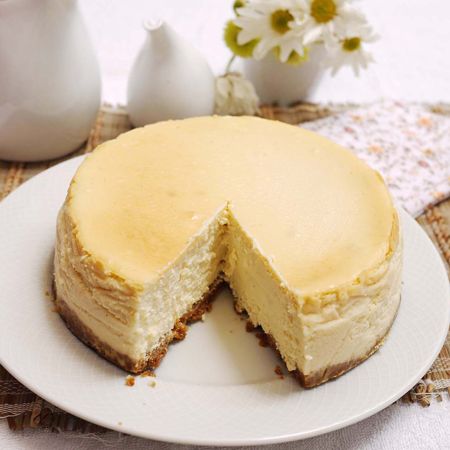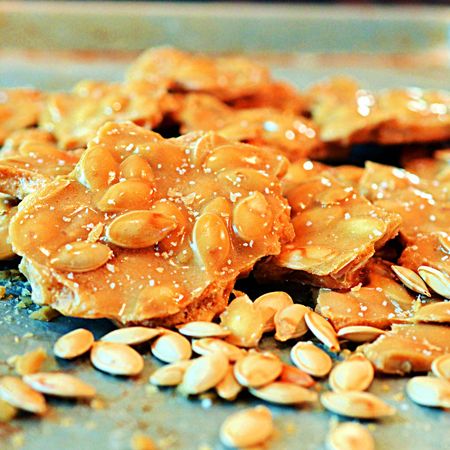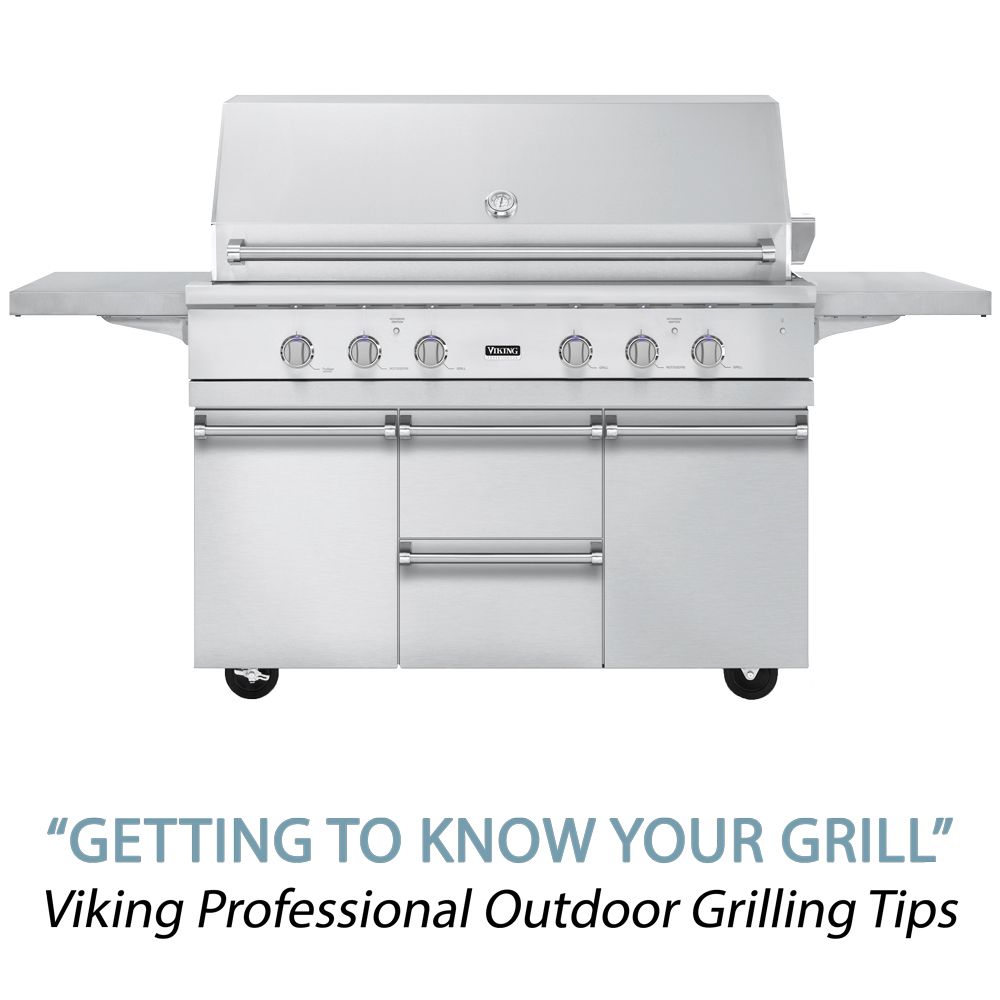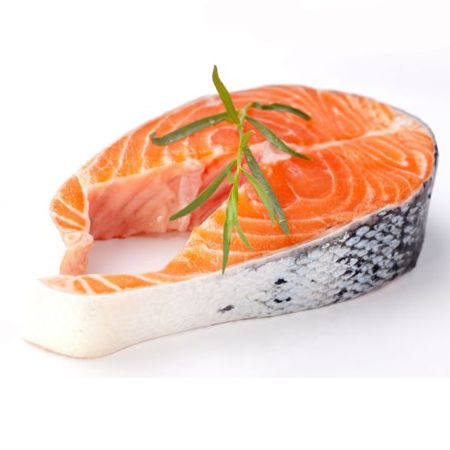Tips for Cheesecake Success

All About Cheesecake
- A cheesecake can be savory (and served with crackers as an appetizer) or sweet.
- The texture of any cheesecake can vary greatly - from light and airy, to dense and rich, to smooth and creamy, depending on the ingredients and mixing methods used.
- New York-style cheesecakes are made with cream cheese and are very rich, dense and creamy. Italian style cheesecakes are made with ricotta instead of cream cheese and are much lighter.
- Cheesecake is really a baked custard and needs to be treated as such.
- A custard is a thick, rich, creamy and pudding-like dessert made from gently cooking or baking and then refrigerating into a semi-rigid gel.
- Most baked products are essentially flour protein structures; custards are egg protein structures.
Tips for Cheesecake Success
- Over-mixing will incorporate too much air and cause the cake to rise, fall and then crack once out of the oven. Beat the softened cream cheese vigorously until absolutely smooth before adding the eggs.
- Do not over-beat after adding eggs, or the custard will be tough.
- Always bake cheesecake at a lower temperature in a water bath. The water in the water bath should be halfway up the sides of the springform pan. Wrapping the outside of the springform pan with aluminum foil keeps it watertight.
- Greasing the sides of the pan will help prevent the cake from cracking as it cools. As the cake cooks, it expands slightly; as it cools, it shrinks. If the cake does not stick to the side of the pan as it cooks, it will not crack as it shrinks.
- Be sure to cool cheesecakes away from drafts. Cool cheesecakes slowly and naturally to avoid cracking. Place in refrigerator when cool to the touch. Chill cheesecake thoroughly before unmolding.
- Opening the oven door while the cheesecake is baking causes drafts that may lead to cracking.
- Cheesecake is done if the top is slightly puffy and set except for a small area in the center that should jiggle when the pan is nudged. This will set upon cooling. Do not insert a knife to check for doneness, as this will cause cracking upon cooling.
Some information adapted from the following sources: On Food and Cooking, The Science and Lore of the Kitchen by Harold McGee, Food Lover’s Companion by Sharon Tyler Herbst and Wikipedia.com.
RECENT POSTS IN Tips and Techniques


